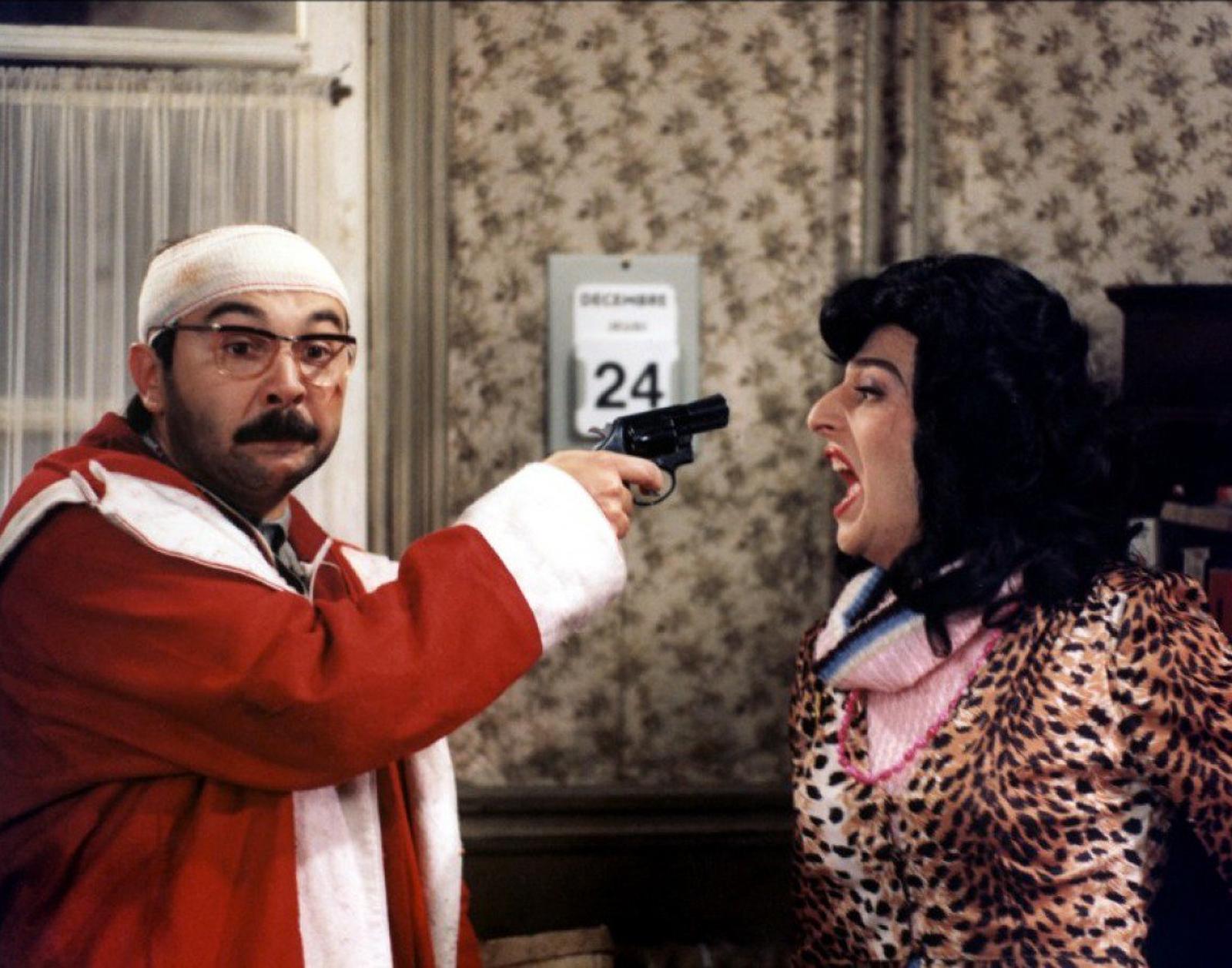
This winter break, my parents and I watched six movies together. While one might assume we would be pros at choosing films after months of experience with COVID-induced bonding time, the reality was much more hit or miss. Two of the movies were excellent, three were just ok, and one was, as the French say, moche (ugly, tacky, horrible). In describing why we reacted to each film how we did, I hope to provide less of a cultural critique than a cautionary tale of cinematic indulgence. Scouring streaming platforms while disagreeing about everything from genre to runtime may turn up some gems, but it will never result in the “perfect movie.”
On the first night of break, after a breezy search on Netflix, we flipped on “The Hand of God,” a 2021 Italian film directed by Paolo Sorrentino. Set in Naples in the 1980s, the semi-autobiographical story follows Fabietto, an adolescent boy who goes through trials of loss, love, and personal growth. The slow pace and excellent cinematography the film employs to bring its slice-of-life subject to life ultimately caused it to land within the okay range of our scale. If given a more linear plot with scenes of clearer purpose to a full story, perhaps we would have enjoyed it more. The language barrier also proved difficult for some in the audience to get beyond. Overall, though, I would recommend “The Hand of God” as a thoughtful, unhurried piece of cinematography that displays the experience of its director in front of and behind the camera.
“The Lost Daughter,” a film directed by Maggie Gyllenhaal and released in 2021, was our second Netflix find. Based on a novel by Elena Ferrante, the plot revolves around a single, middle-aged professor who goes on a solo vacation to a nondescript temperate resort. While there, she encounters a sprawling family, already established as vacationers in the area, that becomes the fixation of her holiday. Chronologically varied passages follow as the protagonist relives her fraught past as a mother through this family in questionable ways. Though the film beats out “Hand of God” in the plot and pacing department, its lack of consistent clarity and unsatisfactory ending ultimately keeps it confined to our okay category. Put it on if you want to feel pensive with a sense of unease.
As New Year’s Eve approached, my parents and I realized we were headed for a long night in with nothing to do. It was clear that a movie selection was in order. Feeling the holiday spirit, we scoured the internet for a seasonal film that didn’t feel so familiar. Then, all of a sudden, I remembered I should be practicing French over break, and insisted the movie be in that language. Consulting a list I found of classic francophone holiday flicks, I choose at will, thinking all would be okay. Watching 1982’s “Le père Noël est une ordure,” a French cult classic directed by Jean-Marie Poiré, was one of the most dreadful experiences with a movie I have ever had. Though it runs for only an hour and 28 minutes, the film packs a lifetime of confusion for the unprepared American viewer. Its plot twists and turns around a pair of suicide hotline workers stuck at work through a late night. Betrayal, friendship, sex, and murder unfold in a disjointed narrative that fights attempts at rational description. Throughout the film, I found myself checking my watch constantly, begging for the release that would come with a new year without this movie. Looking back, I am more fascinated than disgusted. Though it unquestionably ranked as the worst on our list of six, I would now recommend this film as a subject for deeper cultural evaluation. Why was this piece of cinema created, and why is it considered by some a kind of classic?
After our horrendous New Year’s Eve pick, we adopted the resolution never to stray so aimlessly from the cinematic mainstream again. For our next film, we ventured to the theater to see “Licorice Pizza,” a well-received new release directed by Paul Thomas Anderson. Starring Alana Haim and Cooper Hoffman (son of the late Philip Seymour Hoffman), the movie follows an adolescent boy and his mid-20s friend through a string of adventures. The film’s primary focus is portraying a heavily stylized, dreamy 1970’s California, with Haim and Hoffman serving as whimsical tour guides through its nooks and crannies. The movie hit the mark with artful direction and passionate performances, the first of our two great finds.
Hot off our enjoyment of “Licorice Pizza,” the obvious choice was to pursue further whimsy, just maybe with a little more structure. That’s where 2017’s “I Don’t Feel at Home in This Word Anymore,” a free-wheeling comedy directed by Macon Blair, came in. The film centers around a woman who just wants to do good in the world, but ends up falling into the hands of people who want to do bad instead. Things devolve from a beginning in which our protagonist comes home to find dog poop on her lawn to a final sequence that is nothing short of a bloodbath. Though my mom didn’t so much appreciate the heavy-handed violence, we all agreed it was an overall hilarious adventure. Whether the world feels uncomfortable or too comfortable for you, you’ll be glad you watched this film.
For our mismatched film series, things ended on a muted note. Retiring once more to the Netflix library, we made movie number six “Fast Color,” a 2019 film directed by Julia Hart. Rather than the speed and visual intrigue suggested by its name, the film supplies a lackluster sci-fi premise and sleepy pacing. Though it brings excellent performances from stars Lorraine Toussaint, Gugu Mbatha-Raw, and Saniyya Sidney, who play a mother and two daughters endowed with superpowers, it is significantly hampered by a lack of action and excitement. Throughout its runtime, things just never seem to pick up, with the characters somehow moving slowly between scenes of familial tension and evasion of government scientists. By the end of watching, my parents and I were confused as to how the superhuman could be so closely married with the monotonous. We would have called it not great, but the aforementioned French film had already monopolized that category. I ultimately deem “Fast Color” an alright employment of clear acting chops that are clearly capable of more.
So there they are: six stories of movies going over well, just alright, and terribly. Hopefully you can incorporate these films into your entertainment repertoire in ways that make more sense than how my parents and I did. Whatever you do, next time you find yourself unprepared when engaging in movie watching with others, temper your expectations. Whether you end up with a riot or a snoozer, always remember to congratulate yourself for at least trying to find the perfect movie.
Aiden Malanaphy can be reached at amalanaphy@wesleyan.edu.



Leave a Reply